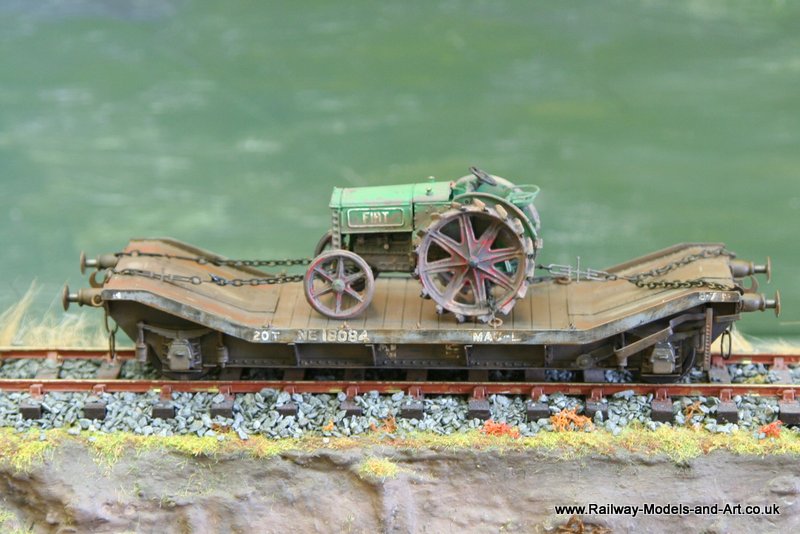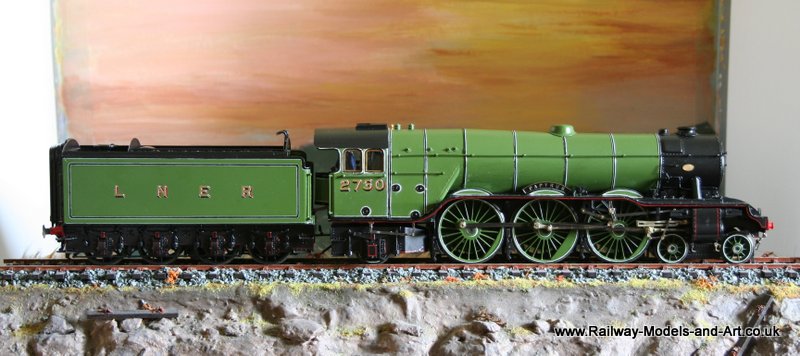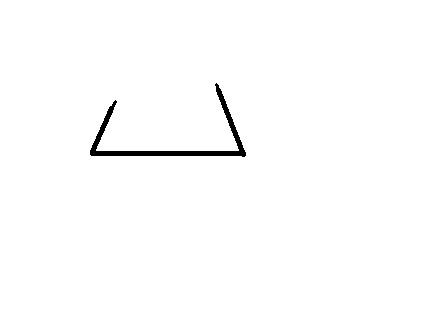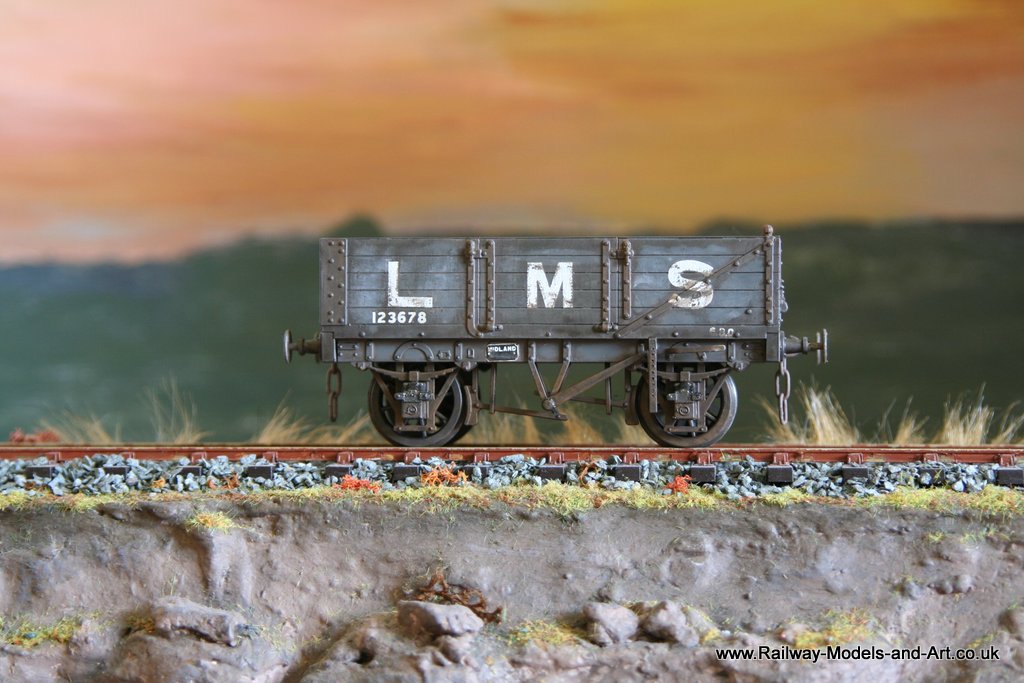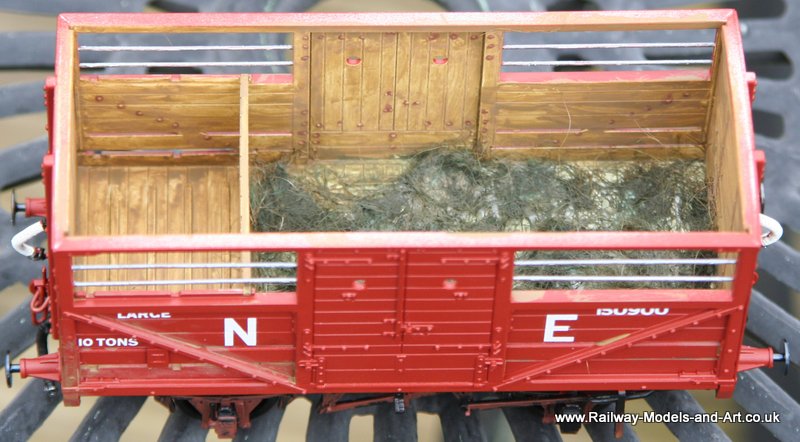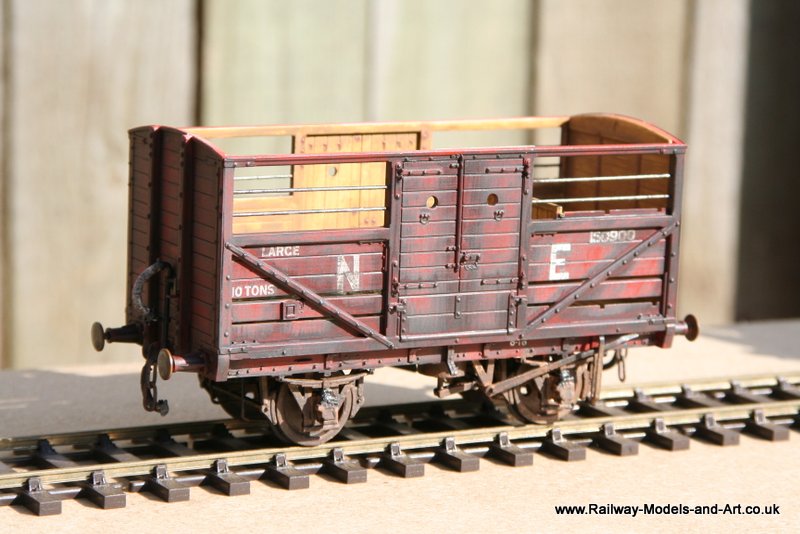The LNER Lowmac has been through the weathering shop and received a load. I would like a traction engine or steam roller in time, but this will do for now as I have it in stock. Jim provides chain, etched hooks and in this kit etched shackles too (I didn’t get any in the implement wagon, but I suspect that its an older kit). I do like the way that Jim continually improves and enhances his kit’s!


